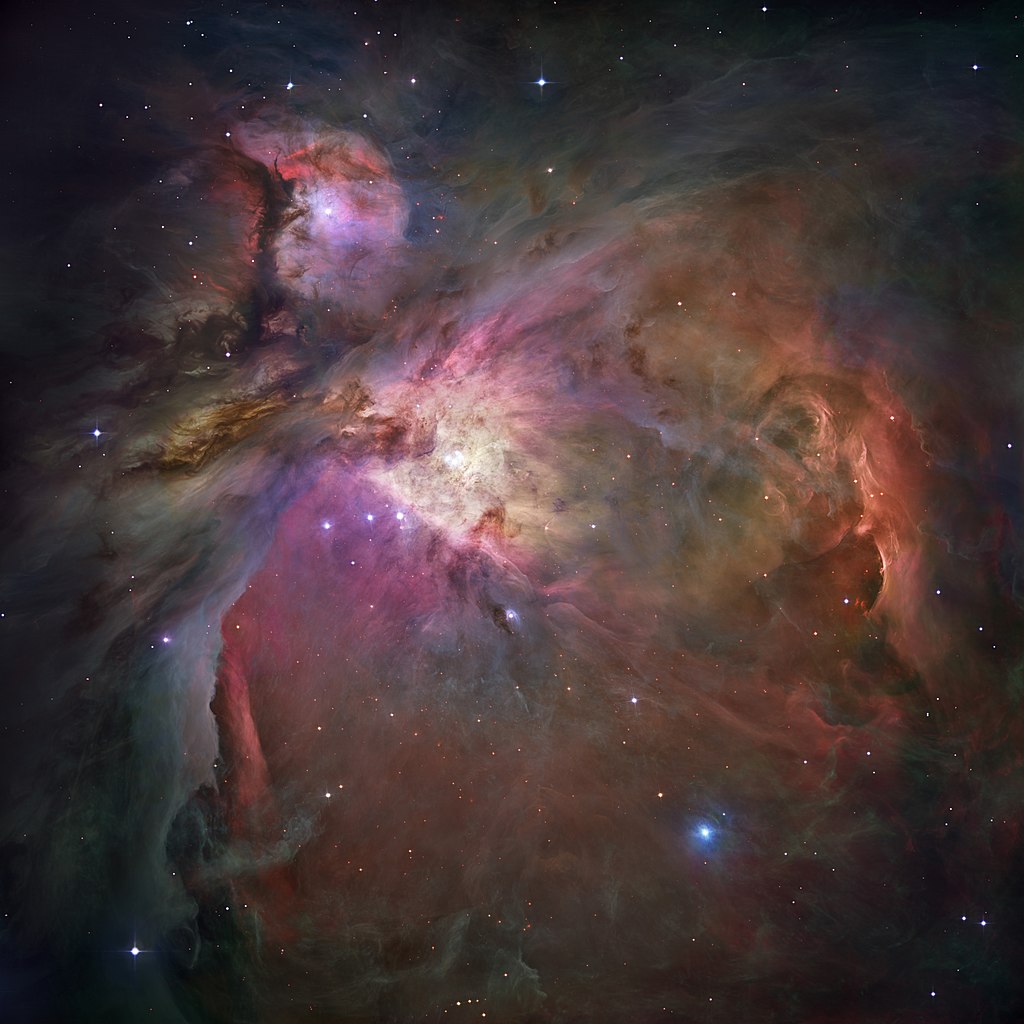The stars in the night sky may seem to be randomly placed, but in fact there are many structures out there, including star clusters! In this #AstronoMay #ObservatoryOnline, we tell you which ones to look out for! (1/5) #MuseumFromHome #sciencefromhome
Clusters come in two types. Open clusters are the result of individual clouds of stars formation, like the Orion Nebula. These clusters are made of young stars and will eventually drift apart over time. (2/5) Credit: NASA, ESA, M. Robberto
Globular clusters are much older, billions of years old and vast. Yet the stars are clustered very tightly together, so that in their cores, stars are hundreds, even thousands of times closer together than they are in our corner of the Milky Way! (3/5) Credit: ESA/Hubble and NASA
In fact, if you were on a planet at the core of these globular clusters, your night time would be about as bright as the day, with stars filling your sky! (4/5) #MuseumFromHome #sciencefromhome
Thank you to @geezermate for the inspiration for this thread! If anyone has any questions you would like to be answered, please do tweet them in! (5/5) #MuseumFromHome #sciencefromhome #AstronoMay #ObservatoryOnline

 Read on Twitter
Read on Twitter



